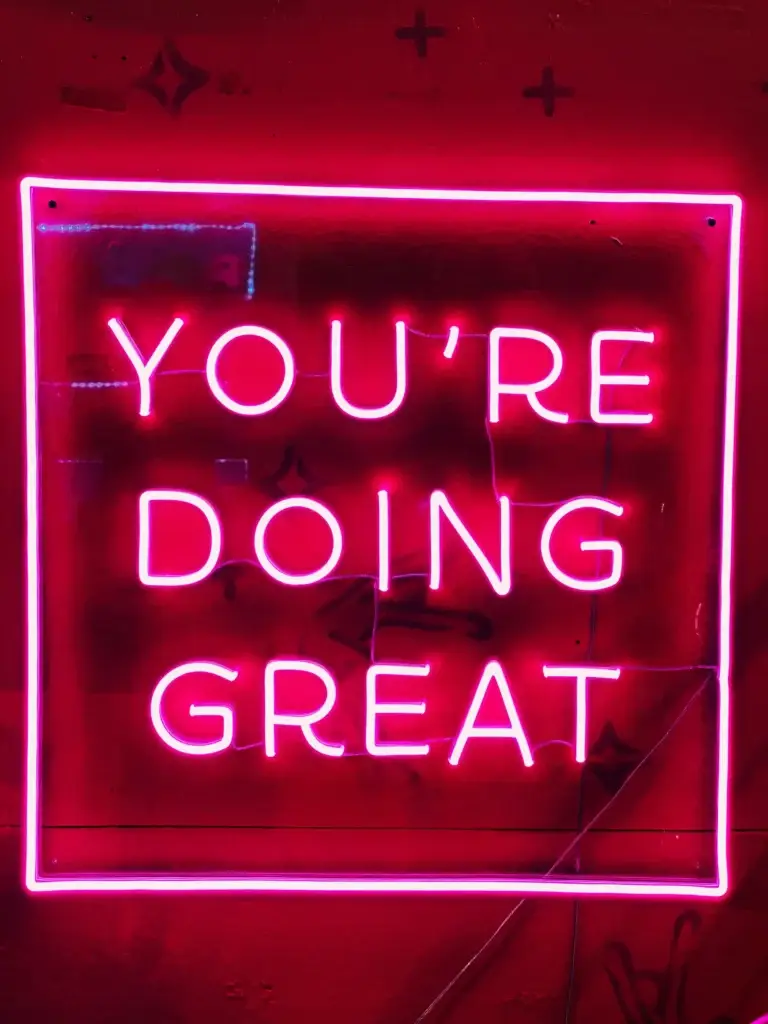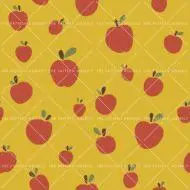CHOOSING THE RIGHT PRINT FOR YOUR PRODUCT: A STRATEGIC GUIDE
In today’s competitive market, creating products that stand out is more important than ever. While functionality and quality are crucial, the visual appeal of a product often plays a significant role in influencing purchasing decisions. For companies that produce consumer goods—from apparel to home decor and accessories—choosing the right print design is a strategic move that can either make or break a product’s success.
In this article, we’ll explore how businesses can make informed decisions when choosing prints for their products, ensuring they resonate with the target audience, enhance brand identity, and ultimately drive sales.

1. Understand your target audience
Before diving into the design process, it’s essential to define who your product is for. Are you designing for a young, trendy crowd or a more mature, sophisticated audience? Each demographic will have unique preferences when it comes to prints. Deciding which pattern design to use depends on understanding these preferences.
DEMOGRAPHICS: Consider the age, gender, and lifestyle of your audience. For example, younger consumers might be drawn to bold, abstract designs, while older customers may prefer classic patterns like florals or stripes.
PSYCHOGRAPHICS: Go beyond basic demographics and understand your audience’s values, hobbies, and buying behaviors. If your customers value sustainability, eco-themed prints like botanical patterns or prints with a statement could resonate well.
TIP: Conduct market research or customer surveys to gain insights into your target audience’s tastes and preferences.
2. Align with your brand identity
Every print on your product should reflect your brand’s identity. Whether your brand is bold and adventurous, or minimalist and refined, the surface pattern design you choose should be consistent with the image you project to your customers.
CONSISTENCY: Ensure that your print choices are cohesive with your overall branding strategy. A product’s print should complement your logo, packaging, and marketing materials.
EMOTIONAL CONNECTION: Prints can evoke emotions and tell stories. If your brand narrative is about empowerment consider designs that reflect these themes, such as statement prints or bold motifs.
TIP: Collaborate with your design team to create a cohesive visual language across your product range that reflects your brand values.
Don’t have a design team? Book a consultation with us and we’ll help you!

3. Consider product functionality
While aesthetics are important, the practical aspects of your product should never be overlooked. The surface pattern design you choose should enhance, not hinder, the product’s function.
PRODUCT TYPE: Different products lend themselves to different types of prints. A busy, colorful print might work well for a casual t-shirt but could be overwhelming on a formal blouse. Similarly, small-scale prints are ideal for accessories like wallets, handbags or tableware, while larger prints suit bigger surfaces like bedding or curtains.
DURABILITY: If your product will be frequently used or washed, choose a print that can withstand wear and tear. Prints on high-use items like tableware or bedding should maintain their vibrancy over time.
TIP: Always test prints on prototypes to ensure they hold up during production and real-world use.
4. Follow (but don't chase) trends
While it’s tempting to follow the latest trends, relying solely on them can be a double-edged sword. Trends come and go, but a well-chosen surface pattern design should have lasting appeal. This also extends the lifetime of a product.
SEASONAL TRENDS: Keep an eye on current trends to stay relevant but be mindful of your product’s lifecycle. If you’re launching a limited-edition product, trendy prints may be a great fit. However, for evergreen products, timeless patterns like stripes, polka dots, or neutral designs might be a safer bet.
CLASSIC vs. BOLD: Find a balance between timeless and trendy. If you want to experiment with bold designs, consider introducing them in smaller collections or as part of a special release to gauge consumer response.
TIP: Sign up for our bi-monthly newsletter by registering an account and we’ll keep you informed about emerging themes, patterns, colors, and styles.
5. Choose the right colours
Color plays a significant role in how a print is perceived. The right color palette can attract attention, create mood, and even influence consumer behavior.
COLOR PSYCHOLOGY: Different colors evoke different emotions. Bright, vibrant colors like red and orange create excitement and energy, while cool tones like blue and green offer a sense of calm and relaxation.
BRAND COLORS: Your print colors can align with your brand’s existing color palette to maintain consistency. For example, if your brand’s color is predominantly blue, incorporating complementary colors into your prints can create harmony across your product line.
TIP: Experiment with contrasting colors to make your print stand out but avoid clashing tones that could overwhelm the design. Need help choosing colors? Book a free 30-minute consultation with us.

6. Test the market
Before producing a product with a new print, it’s always wise to test it in the market. This could be through a soft launch, focus groups, or even by offering limited runs of products to gauge customer reactions. This can help guide you choosing the right print.
FEEDBACK LOOP: Collect feedback from retailers, distributors, and end customers. What prints are selling well? Are there any complaints about the design? Use this data to refine your print strategy for future collections.
DATA-DRIVEN DECISIONS: Use sales data to analyze which prints are most popular and which are underperforming. This will help you make informed decisions on future designs and inventory planning.
TIP: Consider partnering with influencers to showcase your products and gather initial feedback before committing to large-scale production.
7. Buy print design or collaborate with skilled designers
When it comes to print designs, you can either buy print design from third-party sources or collaborate with experienced designers to create something unique. Either approach can offer significant value to your business. The Pattern Agency offers both, learn how here!

IN-HOUSE vs. FREELANCE: Decide whether to use in-house designers or outsource to freelance artists or agencies. Both have their pros and cons, but what’s important is to have a clear brief and communication throughout the design process.
CUSTOMIZATION: Offering customized prints to clients can also be a great way to diversify your offerings, especially if you produce bespoke products or work with businesses that require unique designs.
TIP: Foster a creative and collaborative environment where designers feel inspired and aligned with your company’s vision. And if you are need of new perspectives, get in touch with us and we’ll help you!
So now what?
Choosing the right print design for your product is not just about aesthetics; it’s about creating a lasting connection with your audience, reinforcing your brand identity, and ensuring that your product stands out in the marketplace. By understanding your target market, aligning prints with your brand, and carefully considering trends, functionality, and color, you can make strategic print decisions that drive success.
Ready to choose the perfect print for your next product? Check out our curated collections of production-ready surface pattern design!
-

Äpple
6 000kr Sold By: Elsa NätterdalView Final Price -

Duva
6 000kr Sold By: Elsa NätterdalView Final Price -

Hilma
8 000kr Sold By: Elsa NätterdalView Final Price -

Tove
7 000kr Sold By: Elsa NätterdalView Final Price -

Klöver
7 000kr Sold By: Elsa NätterdalView Final Price -

MIRAGE
5 000kr Sold By: Stina LundbergView Final Price -

GRANDMA’S WALL OF FAMILY PHOTOS
5 000kr Sold By: Stina LundbergView Final Price -

LIMONCELLO
5 000kr Sold By: Stina LundbergView Final Price

